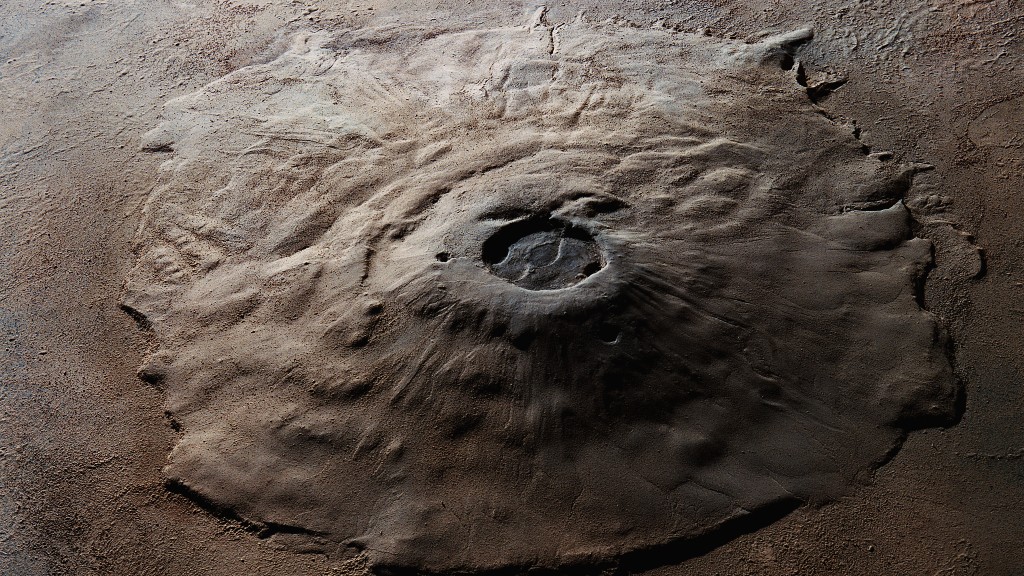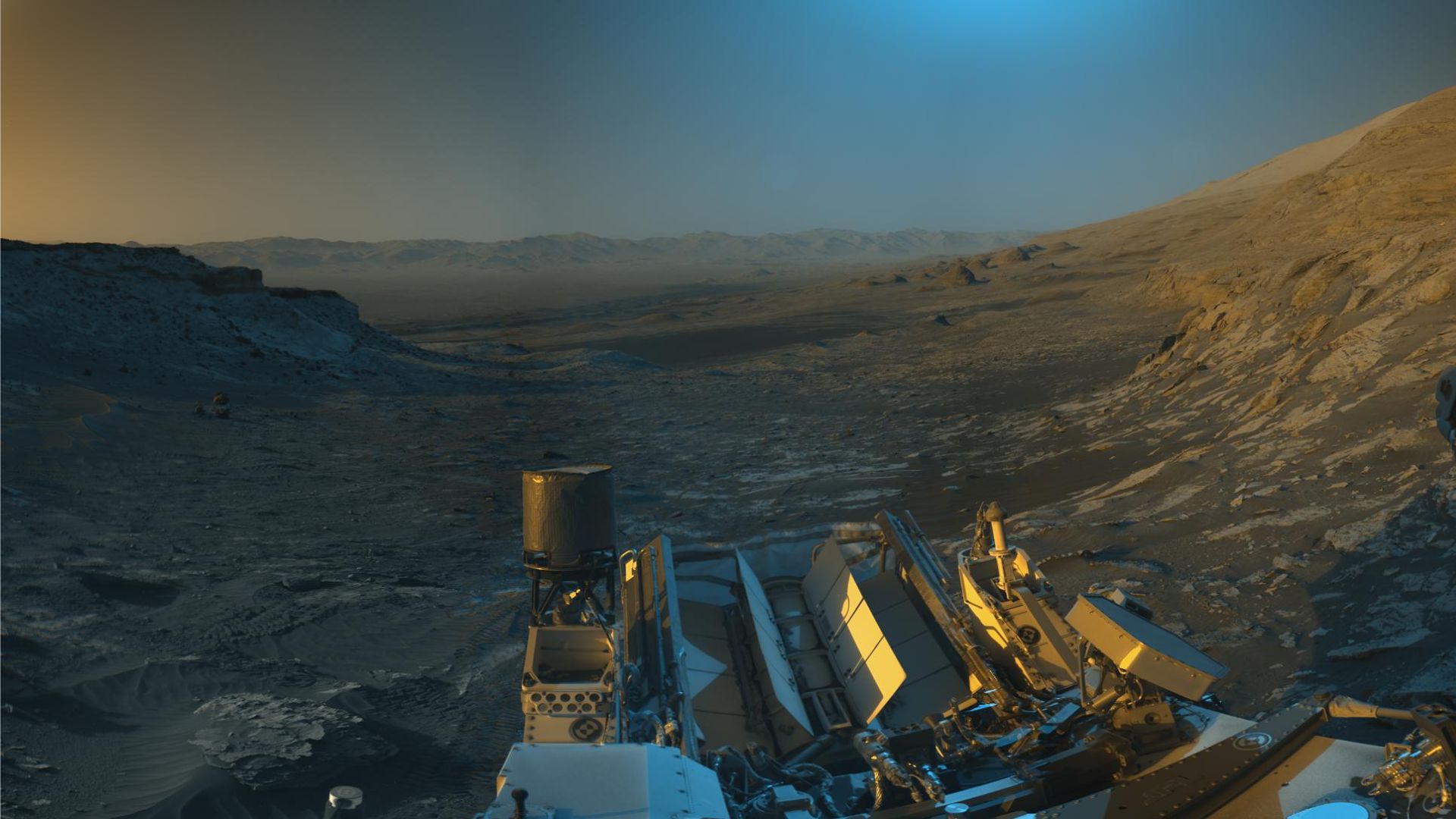The speed of sound on Mars is constantly changing, study finds
New research shows that the speed of sound on Mars varies considerably by location and temperature. The findings could help scientists understand sounds picked up by Martian rovers, as well as make future crewed ventures safer.

Researchers have teased out the details of how sound behaves at various times and places on Mars — and the results are very different from what we are used to on Earth.
NASA's Perseverance rover on Mars carries several microphones. These devices, intended to study the properties of materials on the Red Planet, have picked up all sorts of additional sounds, including the eerie spluttering of Martian dust devils.
Recordings have already shown that sound behaves peculiarly on Mars. For instance, noises below 240 hertz — roughly a piano's middle C — travel about 30 feet per second (10 meters per second) slower than higher-pitched sounds do. This is because carbon dioxide molecules, which absorb some of sound's energy at low frequencies, make up 95% of Mars' atmosphere. Such bizarre properties, if unaccounted for, could compromise communications on future Mars missions, particularly crewed ones.
With this in mind, a team of scientists from French and U.S. institutions set out to study the speed of sound and its attenuation — its tendency to die down over distance — within the first 60 feet (20 m) of Mars' atmosphere.
To begin, the team collated values of different parameters — including atmospheric pressure, temperature and chemical composition — at various spots on the Red Planet from the Mars Climate Database. Changes in these parameters can stretch or shrink sound waves, making these factors essential in predicting sound's properties.
Related: NASA's Perseverance Mars rover enters new Red Planet territory: 'Bright Angel'
The team calculated sound speed and attenuation at different points of time in the planet's year (which is about 687 Earth days) and in various spots across the Martian landscape, including mountain peaks and valleys. This approach was necessary because the underlying factors vary massively over space and time. In the polar regions, for example, midday temperatures can fluctuate by 108 degrees Fahrenheit (60 degrees Celsius), and carbon dioxide levels by 30%, across seasons.
Get the Space.com Newsletter
Breaking space news, the latest updates on rocket launches, skywatching events and more!

The calculations turned up several interesting findings, which were published May 7 in the JGR: Planets. For one, dust doesn't seem to affect sound propagation, the authors said in a joint email to Live Science — similar to on Earth, where a dust storm between you and an airport, for example, wouldn't obstruct your ability to hear the planes taking off. The change in the speed of sound with temperature (about 0.5 m/s for every degree Celsius) is also similar to that on Earth.
Unlike on Earth, though, sound speed and attenuation depend greatly on carbon dioxide levels. Additionally, while the speed of sound rises abruptly at around 240 hertz, the extent of the shift is less pronounced at lower temperatures than at higher ones.
The biggest difference from Earth, though, stems from the enormous fluctuations in temperature — and, to a lesser extent, the concentration of carbon dioxide — daily. In the area where the Perseverance rover currently dwells, for instance, mercury levels change by about 90 degrees Fahrenheit (50 degrees Celsius) during the day. This causes sound to travel up to 100 feet per second (30 m/s) and die down three times faster in the hotter hours compared with the colder ones. Changes in temperature and carbon dioxide levels also cause variation in sound speed and attenuation across seasons, although this effect is more pronounced in the polar regions.
The results allow scientists to "predict the sound speed and attenuation for any location at the Martian surface at any time of year and any time of day," the researchers told Live Science. The model can also improve scientists' understanding of what sound-producing objects on Mars actually sound like.
"We only hear it [a sound] after the sound has propagated through the atmosphere," the authors said. "Our model can help to retrieve the characteristics of the original sound sources."
Additionally, the model provides a glimpse of life for future human residents on Mars: Mornings on mountaintops may be the closest thing to the way sound behaves on Earth. At other times and places, like afternoons at the Perseverance site, a jarring effect will occur as high-pitched noises at close distances reach the ears faster than lower-pitched ones; more distant noises ordinarily audible on Earth won't be heard at all.
Join our Space Forums to keep talking space on the latest missions, night sky and more! And if you have a news tip, correction or comment, let us know at: community@space.com.

Deepa Jain is a freelance science writer from Bengaluru, India. Her educational background consists of a master's degree in biology from the Indian Institute of Science, Bengaluru, and an almost-completed bachelor's degree in archaeology from the University of Leicester, UK. She enjoys writing about astronomy, the natural world and archaeology.










